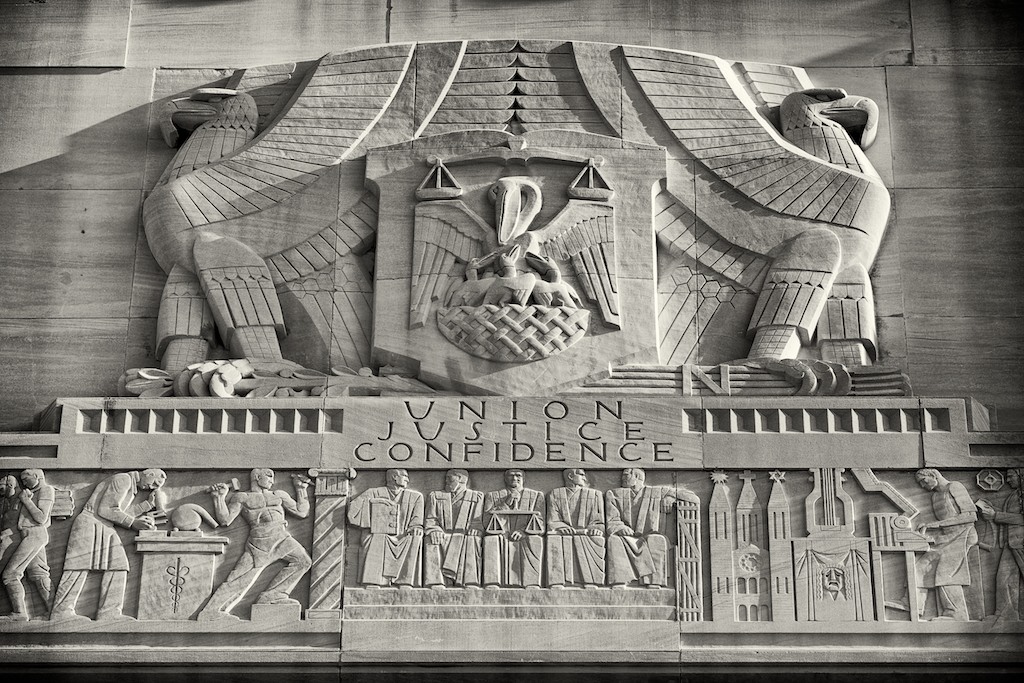Take the High Road, Not the Highways, PAR Says
Some legislators want to return to the good old days of legislative log-rolling to select highway projects. This is one effort that should be stopped in its tracks.
In 1968, the Legislature made its first attempt to require highway priority planning, but soon reverted to the political selection of projects. Fortunately, the reform act in 1974 created a highway priority planning process that has served the state well ever since. That law allows the Legislature to delete a project from the priority plan submitted by the Department of Transportation and Development (DOTD), but it cannot add or substitute projects.
The priority setting process was refined in recent years, reflecting the recommendations of a special task force. The changes improved the process by defining several broad types of activity, focusing on the allocation of resources among those broad types and then comparing like projects within each type. The process may not yet be perfect, but it is light years ahead of the old political process.
Many legislators are frustrated by their inability to get projects for their districts or get them completed sooner. Unfortunately they face some daunting financial impediments beginning with a $10 billion backlog in construction projects and an annual construction budget of about $600 million. In addition, revenues dedicated for construction have not been growing at the rate of increase in construction costs. Also adding to the frustration is the expectation that the state take care of thousands of miles of roads that in other states would be the responsibility of local government.
Three separate proposals have been introduced this session that would undermine the priority highway planning program. The most blatant of these ( HB 754 and HB1164) would simply authorize the Legislature to substitute or add highway projects to the final construction plan without any limits.
The second (SB 25) would allow legislative project additions or substitutions if they met the criteria in the priority planning law and the money was appropriated. The “criteria” are actually just a list of factors to be considered-not something that can be met. Apparently, a legislator would not propose a project unless it “met the criteria,” and the fact that a project was proposed would be proof that it did.
A third proposal (HB 1240) would require the DOTD to give a list of priority projects to the House and Senate transportation committees 60 days before the legislative session. After holding regional hearings, the committees jointly could add or substitute projects, as long as the addition or substitution was in the same parish. In spite of these limits, this proposal would allow wide latitude for undercutting the priority plan, while concentrating the power in two committees.
Regardless of the limitations included, each of these proposals would have the same result. An objective, needs-based, priority planning process would be replaced by political horse-trading and lower priority projects with effective political support would move ahead in the construction queue. In the absence of additional revenues, these legislative activities would be a zero-sum game. Each time a legislator added a project, it would be at the expense of another.
Another proposal would take a more direct approach to bring additional highway construction money home. HB 805 proposes a constitutional amendment to require that at least 25% of the transportation trust funds collected in a parish, which has had a 15% population increase over 10 years, be allocated for spending in that parish according to a plan submitted by its governing authority. The proposal ignores the fact that the priority program has always considered road congestion as a primary factor in selecting projects. Fortunately, statewide approval would be elusive considering the proposal would only benefit five parishes.
A number of bills this session would provide a source of funding for work on the 6,000 miles of highway that are not eligible for federal funding and have been largely ignored in the state’s effort to maximize the impact of its construction money. These bills would variously dedicate to a special fund: truck and trailer fees and licenses; the Stelly Plan increase in the income tax; the 6% of federal funding associated with the open container and repeat intoxicated driver laws; certain severance taxes; or, mineral revenues over $802 million. One approach would place the fund in the governor’s office where it could be doled out like a large rural slush fund.
Some critics have suggested that the revenue picture could be improved if a portion of the transportation trust fund money was not constitutionally diverted to purposes other than construction. The problem is that most, if not all, of those other purposes, such as state police, would still have to be funded from some other source. Others suggest that additional construction money could be provided by reorganizing the transportation department to operate more efficiently. Encouraging increased efficiency and productivity is certainly an appropriate legislative role; designing an executive department reorganization is not. One bill would force a reorganization plan on the transportation department. While the Legislature should demand results, determining how agencies are organized to produce those results should be left to the executive branch.
None of the creative but misguided proposals discussed above would provide any new money for highway construction. In fact, some could reduce the total available by diverting funding from federal matching programs. What the proposals would do is substitute legislators’ priorities for those in the highway construction priority plan.

